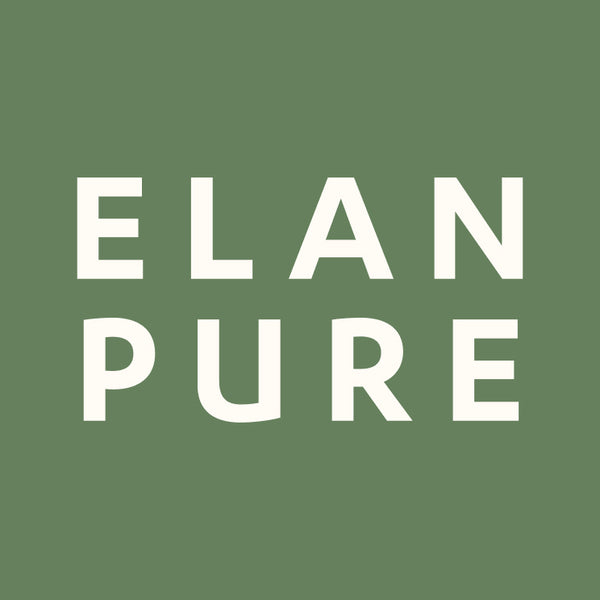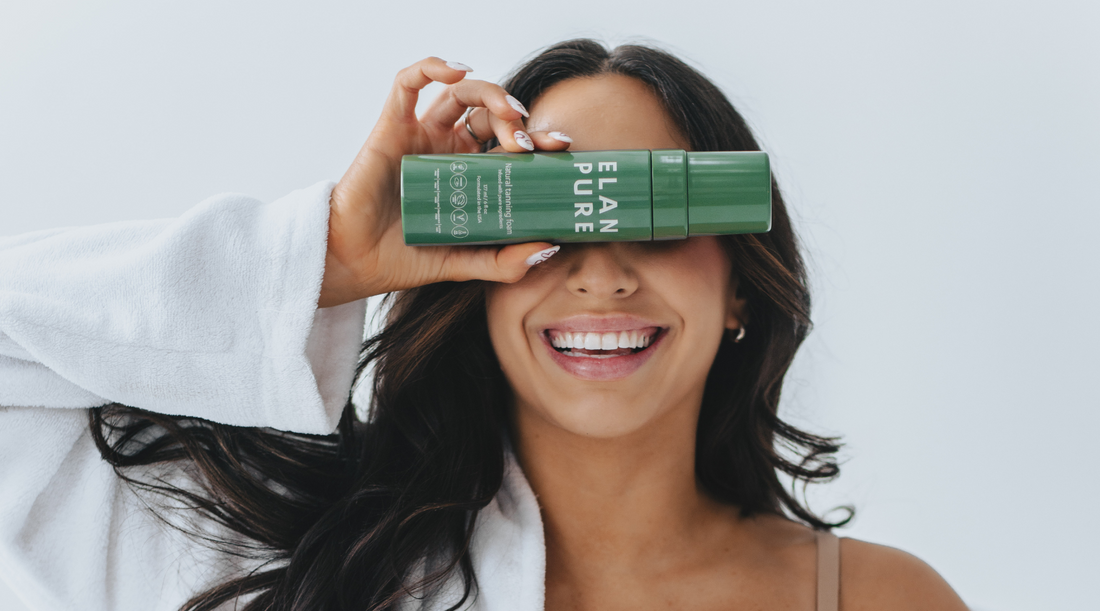In the world of cosmetic regulations, it's like a game of regulatory cat-and-mouse between the European Union (EU) and the United States. Picture this: the EU, decked out in ingredient bans and safety criteria, leading the charge, while the U.S., somewhat laid back, takes a more chill approach. I don’t know about you, but I’d rather not take the chill approach when it comes to our health and longevity…
EU's Directive 2009/342/EC:
Ever heard of Directive 2009/342/EC? It's the EU's ultimate rulebook for cosmetic safety, and boy, do they mean business. This directive has a list – and we mean an exhaustive one – of ingredients that are a strict no-no in cosmetic products. Think of it as the EU's way of saying, "Safety first, dance later!" They're all about preventing risks before we even get to play with the glitter.
EU's Hit List: Banning the Bad Guys:
Directive 2009/342/EC categorically bans certain ingredients, covering everything from allergens to carcinogens. The EU is on a mission to protect its citizens from harmful cosmetic ingredients.
The U.S. Lag: A More Relaxed Soiree:
Now, shift the spotlight to the U.S., where the Food and Drug Administration (FDA) is the guiding force. Unlike the EU's strict stance, the FDA takes a more laissez-faire approach to cosmetic regulations. No pre-approval system here – it's like the wild west of beauty products. The U.S. often relies on voluntary industry standards, letting manufacturers toss in ingredients that might be considered a party foul elsewhere.
U.S. Cosmetics: No Pre-Party Check?
In the U.S., consumers are navigating the cosmetic aisle like detectives without a magnifying glass. While some ingredients might eventually face scrutiny, it's usually a reactive process – think consumer complaints or scientific revelations dropping like surprise confetti.
Consumer Choices: Striking a Balance Between Style and Safety
The comparison between EU and U.S. cosmetic regulations prompts reflection on the influence they have on our beauty decisions and overall safety. European regulations ensure a steady commitment to safety standards, while in the U.S., consumers may find themselves navigating uncharted territory with a lack of pre-market scrutiny.
In Summary: A Call for Closer Inspection
To sum it up, the EU takes a firm stance by restricting certain cosmetic ingredients, emphasizing their commitment to safeguarding consumer well-being. In contrast, the U.S. faces a regulatory landscape that requires consumers to be more educated and thoughtful with their purchases if they want to avoid harsh toxins and chemicals. As discussions on cosmetic safety persist, it becomes imperative for consumers on both sides of the spectrum to stay well-informed, advocating for products that prioritize safety over trends. It's time to approach the beauty aisle with discernment – ensuring our beauty choices align with the highest safety standards.





